Meraki Springs Eternal in OCC, Movies disappear at Best Buy, Peak Radar provides opportunities
The Raven Express #10 - 1/12/24
In this issue of The Raven Express, I visit Meraki Springs, an art store in Old Colorado City and chat with owner Megan Morris, I talk about the physical media that stores are removing in 2024 and I take a look at the new Peak Radar opportunities board for creatives.
Meraki Springs Eternal in OCC
Just days after New Year, Megan Morris is really busy. As snowflakes tumble from the sky, she lets us into her shop, Meraki Springs, in the midst of a refresh.
“I do it throughout the year, sporadically,” an excited Morris says, dressed for the cooling weather.
It’s hard to toss a pebble in Old Colorado City without hitting an eclectic art store, but Meraki Springs seeks a balance between curated gallery and consignment shop. Featuring handcrafted wares from 40 artists, it has a little bit of everything for everyone — from jewelry to paintings, stickers, clothing and more. The store exudes a vibe that’s casual, but not cheesy; curated, but not stuffy. It’s accessible. One of the store’s most popular features resides right by the door: a community paint by number that’s still in its earliest days.
Kicking off its fourth year in March, Morris says she’s grown to become her own advocate as both a sensitive artist and a decisive business owner.
“It’s been so interesting to see how we've evolved over those three years. It's a learning process,” Morris says. “It's been fun to see where we started versus what it's evolved into. I don't think it's changed that much, I'm still very much with the vision I had at the beginning.”
It's also a dream come true for a woman owner who imagined making and selling Barbie clothes for friends as a kid.
“I was the one who’d have the pretend shop all set up,” Morris says. “That was my play. I was always that entrepreneur.”
Morris would marry a military man and learn to make custom jewelry as they moved from station to station, offering to teach squadron spouses how to make their own. Once they settled in Colorado Springs, she finally had a stable place to set up her storefront featuring the works of artists she loved.
“A lot of my artists were military friends that I met along the way or people that we've met [where] we had lived and been, like, ‘Your stuff’s really cool, I'm going to keep your info for someday,’” Morris says.
For this newest store refresh, she’s addressing the demand for her permanent jewelry, a big new thing with the kids thanks to TikTok, but older customers alike, where the ends are welded together, rather than equipped with a small clasp.
“I get little old ladies like to come in and get them because they can't seem to put their clasp on,” Morris says.
Buyers can pick the type of chain, pick out a variety of charms and, before the end of the month, be able to add customized charms courtesy their new laser engraver. The whole process is done in-store about as quickly as you can pick your charms, but it’s been Megan or her daughter Ella who have been putting them together. They’ll be hiring an additional hand to meet demand.
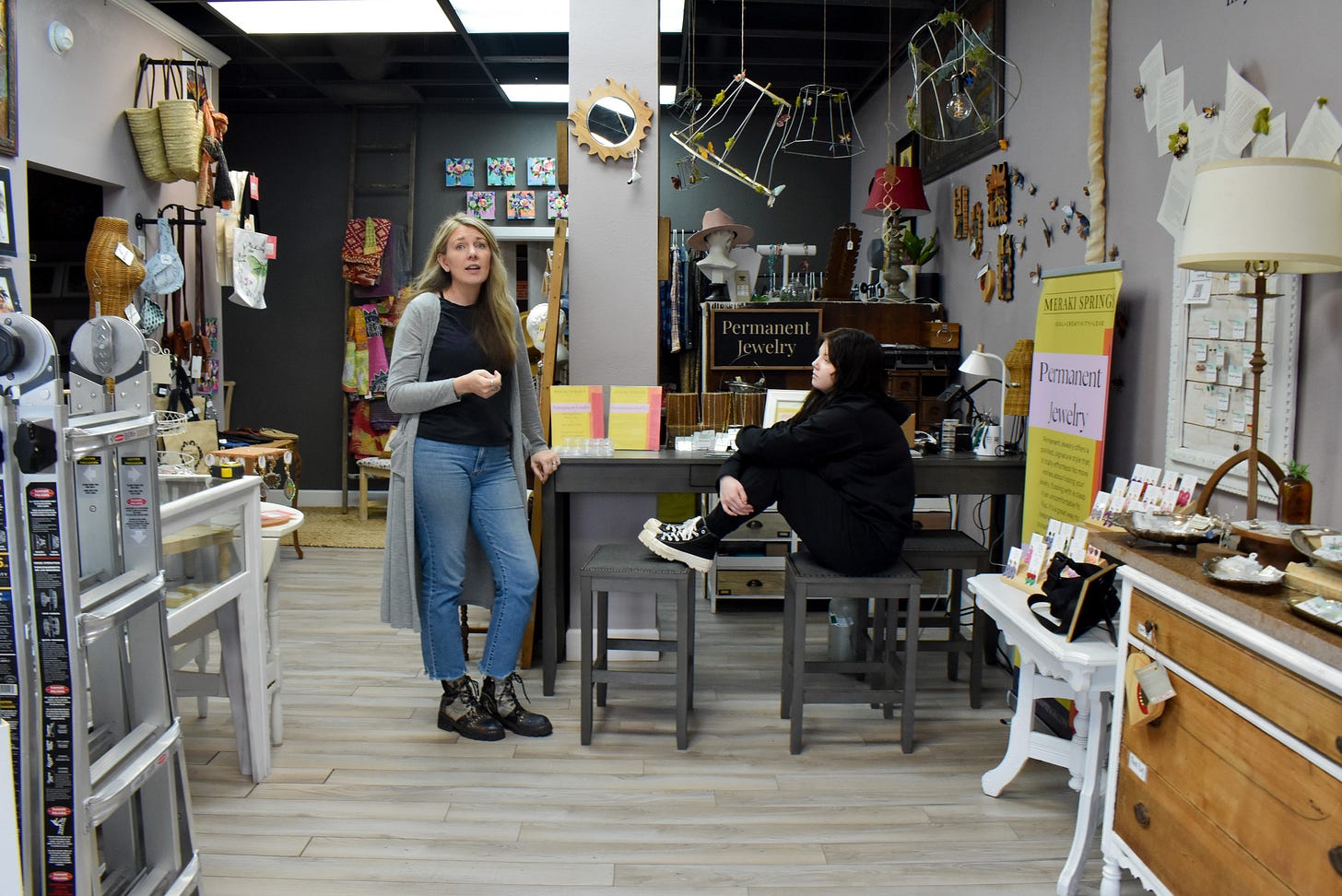
Hoping to have it done before we stepped in, Morris was also finishing up a changing room so that customers can try on the store’s clothing, too.
Most of all, Morris wants to emphasize warmth and inclusivity, that you belong in her store and that you shouldn’t be afraid to get hands on with the work and really explore the shop.
“I want people to feel welcome when they come in here,” she says. “The best feedback to get from people is that they feel welcome.”
Go there:
Meraki Springs
2708 W Colorado Ave Ste B, Colorado Springs, CO 80904
(719) 424-7185
merakisprings.com
Are you subscribed to my dad’s newsletter? The one you’re reading right MEOW? You should do that right MEOW. SSSSSSSSSSS.
- Captain Kirby Jack Raven, a.k.a. Scratch Scratch Scratch Scratch
The Goodbye Media Party
The internet giveth, the internet taketh away.
Sometime around Christmas, I popped into my local King Soopers and stopped by the magazines section. Yes, it still had one. As a kid, it was host to a variety of gaming mags, including PC Gamer, which I prodded mom to buy on a monthly basis. (At some expense I would later realize, but the included CD-ROM demo disc was a big deal.)
Over time, the grocery store magazine rack evolved from a collection of robust editorialized content covering a variety of interesting subjects into what looked like a series of printed internet listicles with glossy covers. All the gaming magazines and gun and boat enthusiast publications went out and in came evergreen content like “The Best Crap of the Holiday” or “The Time-Life Retrospective Issue On Elvis Presley, Star Wars And Other Pop Culture Stuff.” There was still stuff for gamers, but it was “Top Minecraft Tips Exposed!” I wondered who was even buying this stuff because the quantity of issues never seemed to shift or diminish. The shelved content seemed to petrify into a homogenous blob of words and images.
Less than a week into 2024, the entire section was gone, in its place a pale patch on the polished concrete floor that probably hadn’t been exposed to daylight in years. King Soopers PR didn’t respond to my inquiries for this story, but it looked like the Kroger affiliate had finally ditched its magazine rack permanently. Employees I asked weren’t sure what the new void would be appropriated for. I shouldn’t have been surprised: other grocers like Safeway had ripped them out years ago. If I want a copy of PC Gamer these days, I have to drop by a book store.
For me professionally, this wasn’t a new story.
My first job came at 16 working at Best Buy. It was a dream come true because I loved going there to soak in the PC games section. But hanging around the software wasn’t a job by itself: Best Buy’s media department also included movies and music in a massive allotment of shelves and product that took up nearly half of the store’s floor space.
In those days, we stocked and merchandised all of those CDs, movies and games ourselves, so we typically had three people in our department at all times (as opposed to now where you’ll find three associates in the store at all.) Media employees were there at 6 a.m. every morning alongside the opening manager to maintain the department, shuck product from boxes and slap on security and price tags. Sunday (ad set) and Tuesday (new release) mornings required half a dozen of us or more to divvy up and place a phone book’s worth of price signage that had started spitting out in the early hours of the morning while warm planograms told us where to stock those new releases along big, broad feature walls. I can still feel the pinch of those sturdy plastic sign holders all these years later that had to be pried to exchange those paper price signs.
In my first few years on the job when DVDs were still a new thing, we carried movies in large VHS tapes. A single season of Kevin Sorbo’s Hercules would take up a half a shelf. DVD movie releases in 2000 would be a hundred or so copies — we had over 800 copies of Eminem’s quasi-auto-biopic 8 Mile on release day in 2003 — but it was music on CDs that took up the biggest slice of our real estate. A huge new album, like Backstreet Boys’ “Black & Blue”, would require us to flex out, or make space for, two four-foot sections to pack full to the brim with CDs. It took a few of us several hours over the course of a day, each day, to ensure that all of that media was pushed back and straightened up for close of business. The vast amount of inventory was a nightmare — tens of thousands of individual items in our department alone — and customers made sure to tousle it however possible when searching for something new.
Starting when I did was essentially experiencing peak media. Napster had launched the year before, a lit fuse that kicked off the digital music revolution, whether music labels were ready for it or not (they weren’t.) Over the years, our music selection dwindled. Those VHS tapes disappeared and DVDs took up all that space and more, especially as sales of TV shows picked up and special editions with elaborate trinkets and tchotchkes became physically enormous. But those faded in time as well and Blu-ray never replaced it; high-definition movies in a physical format landed when streaming services like Netflix were inevitable, not merely dreams of science fiction. All that merchandising and signing we showed up at 6 a.m. for was eventually handed off to the dedicated merch crew and then third parties.

In 2018, Best Buy announced that it was axing its physical music selection entirely and late last year, they announced it would be doing the same for its movies and TV shows in 2024. Walking into my old store, six four-foot sections of Blu-rays were already reduced to two. Soon it will be zero.
There are other, larger stories about how these media companies grew fat on overpriced physical sales before technology disrupted them. Maybe $15 for a Saliva album, $25 for William Shatner’s Star Trek V on DVD or $10 for a specialty magazine wasn’t always a great deal. But the argument lingers, now larger than ever, that there will soon be no option to “own” a copy of an album or a movie or a magazine, instead requiring a tentative lease (streaming) or temporary possession (VOD/rental) through an internet-based service that can remove it at any time.
You’ll still be able to walk into retailers like Target and Walmart for physical movies and Barnes & Noble for print periodicals, but it will never be the same again. The selection will never be as broad and convenient. PC Gamer will never land in my mailbox in a massive 400-page volume for me to spend weeks poring over. (Nevermind that it was ads that caused the size to balloon; the quantity of editorial content stayed the same.) Inversely, it won’t require the wasteful production of print materials and packaging — setting aside their artistic value — or a visit to a physical specialty shop when you just want something dumb to watch tonight.
It’s all a matter of trade-offs, of permanence for convenience. Does it matter that my music isn’t lossless if bedroom artists have a digital service they can directly upload their music to, rather than having to hound a record label exec with a mixtape for a distribution deal? What’s the point of paying more than the monthly fee of a streaming service for a 4K movie on Ultra Blu-ray if it only looks better in a side-by-side comparison? Who has two TVs in their home side-by-side to make that kind of comparison?
Et cetera.
Things are rarely as simple as “the market decided this is the way things are going to be,” but here we are.
Peak Radar launches page for local creative opportunities
Peak Radar, the digital calendar/internet extension of the Cultural Office of the Pikes Peak Region (COPPeR), recently unveiled their new page for creative industry opportunities in the area. It’s pretty dope. It’s early days for the board with its tiny slate of offerings, but it’s my hope that amplifying its existence will encourage employers to pitch in their career and volunteer opportunities.
COPPeR says:
The opportunities board on Peak Radar was created as a responsive and dynamic resource for Pikes Peak region creatives. It allows users to find creative jobs, calls for art, auditions, volunteer, and board service opportunities on a single platform--meaning instead of searching all over for these you can spend more time applying to them! It also gives arts groups a new platform to elevate their work and reach new candidates they may not have before. Moreover, it fulfills a specific community need as laid out by Arts Vision 2030, our community's cultural plan. We are excited to share this community-driven resource with the creative sector.
Even if you’re not on top of the contents of Arts Vision 2030 — or even know it exists — this is a big freaking deal. Having a primary location to see where to submit art for shows or find work is an accomplishment. This coming from a creative who is currently employment challenged, my eyes nearly bleached clean of function by endlessly scrolling online job boards.
The Raven’s Recommendation
This is something I’ve munched on in the past week that I want to share with you.
I was aware that speed stacking was a thing, but it had completely passed me as a “sport” since it infiltrated public schools after I graduated. Jordy McNeill’s essay above, in which she attempts to conquer a speed record from her youth, encompasses the origins of stacking cups really fast and the parties involved that built and profited off its success.
Did you know that a sample in a popular Skrillex song at the height of brostep came from a speed stacking video? I did not! Who knew stacking and collapsing cups could be so interesting?
Millions of kids across the country and around the world, apparently.

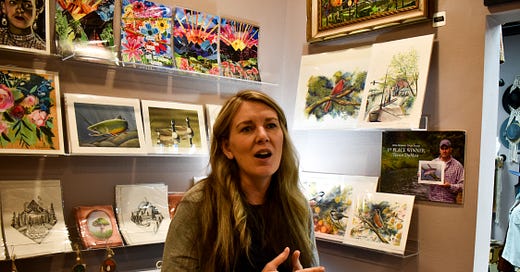



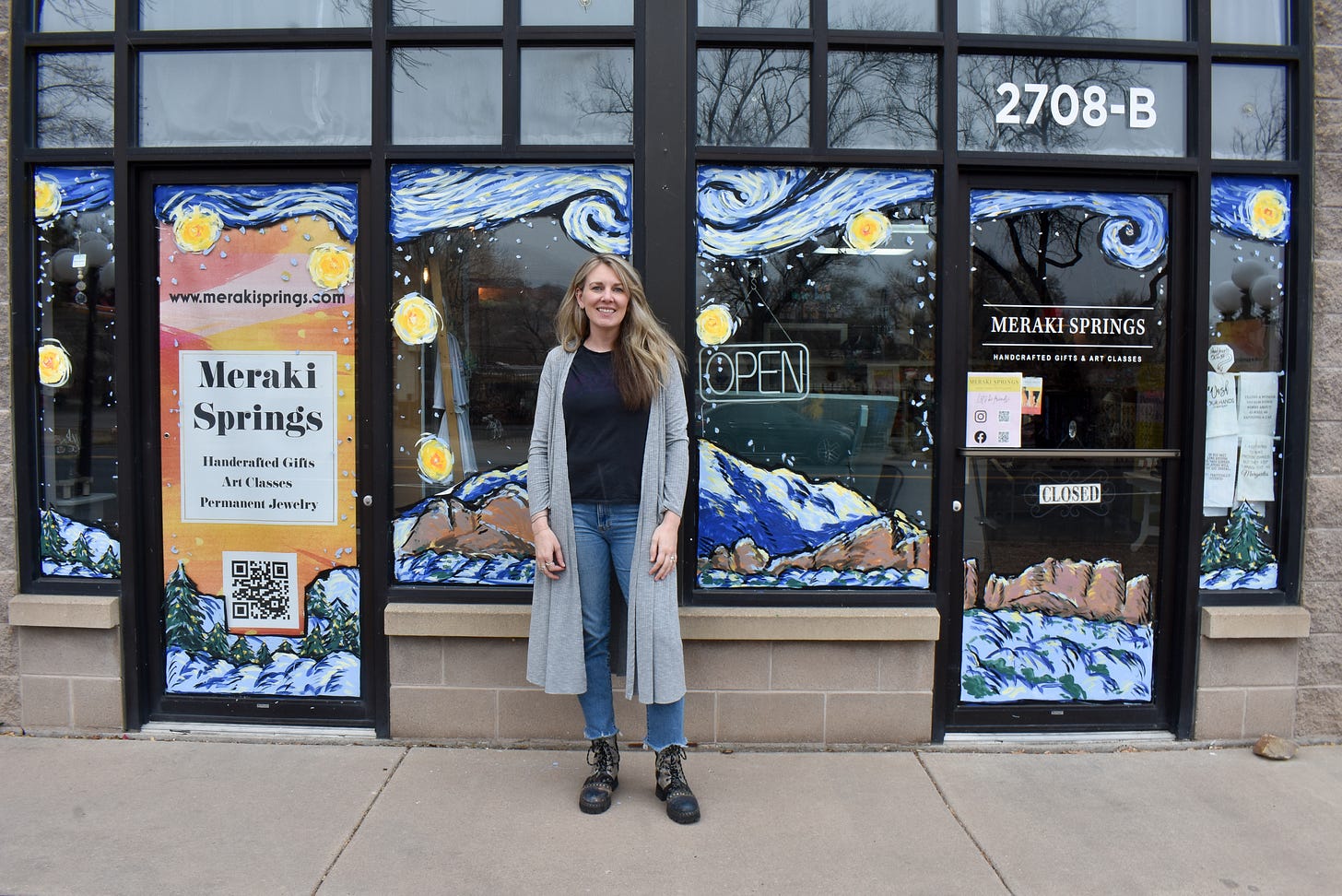
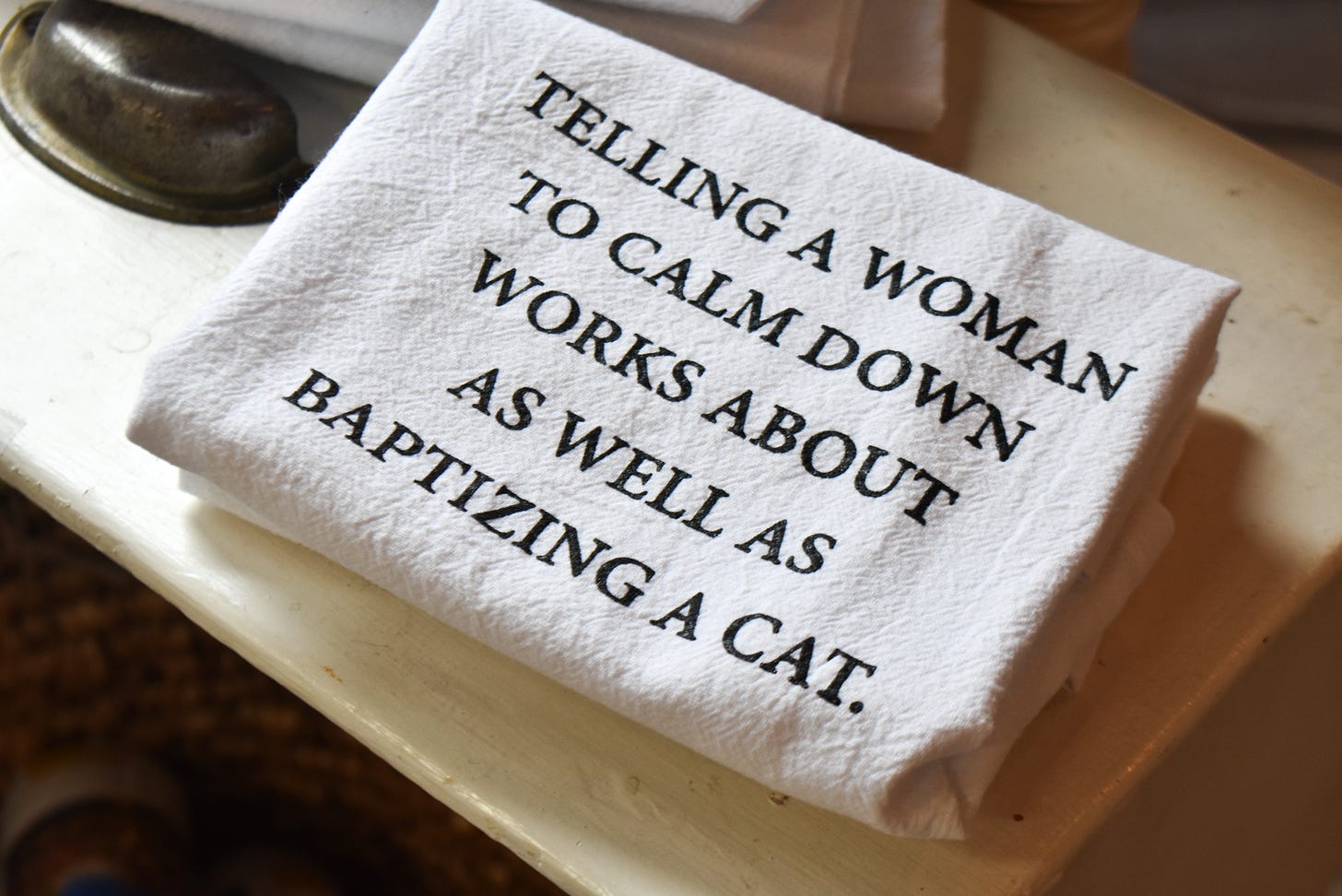

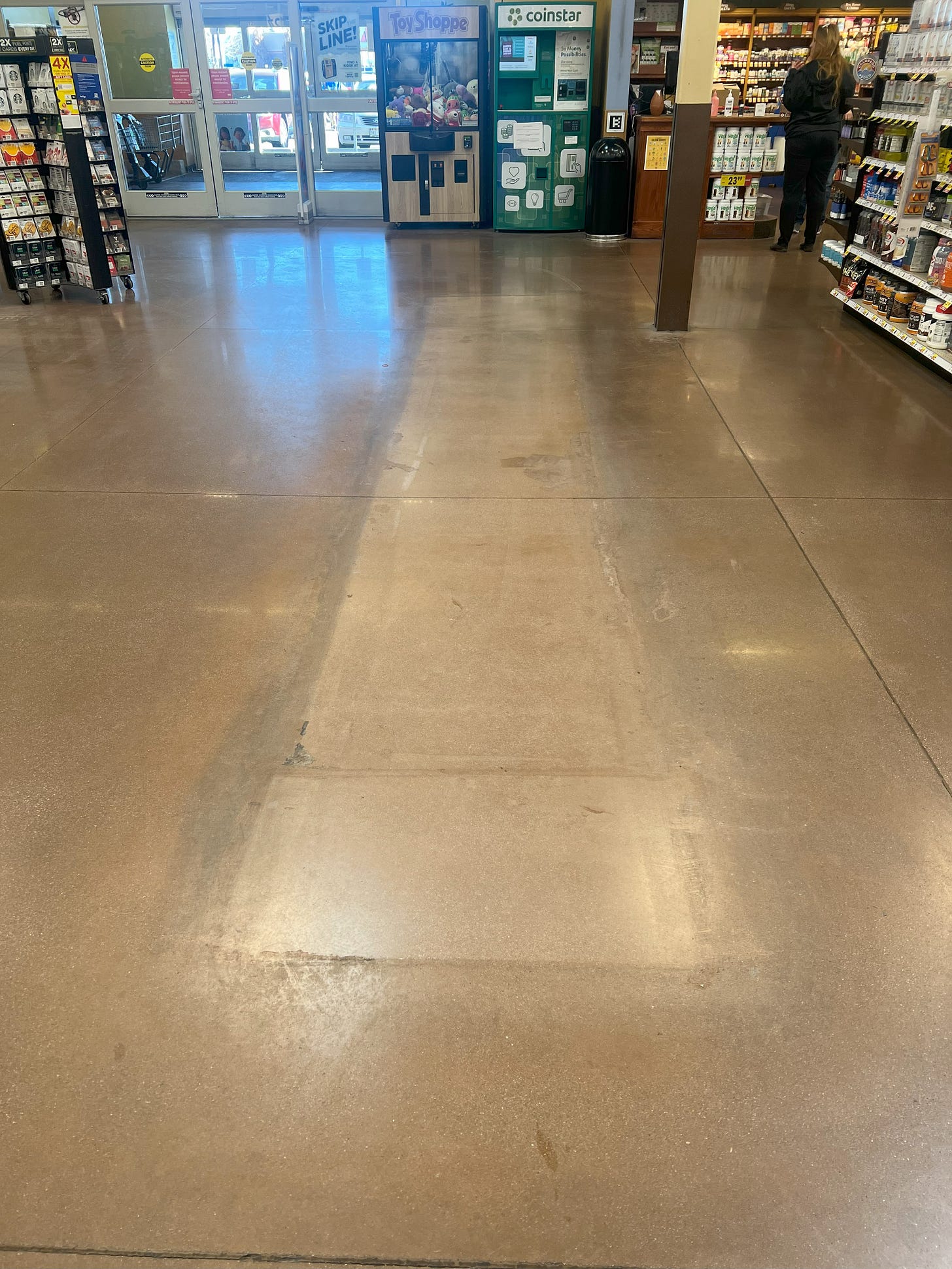
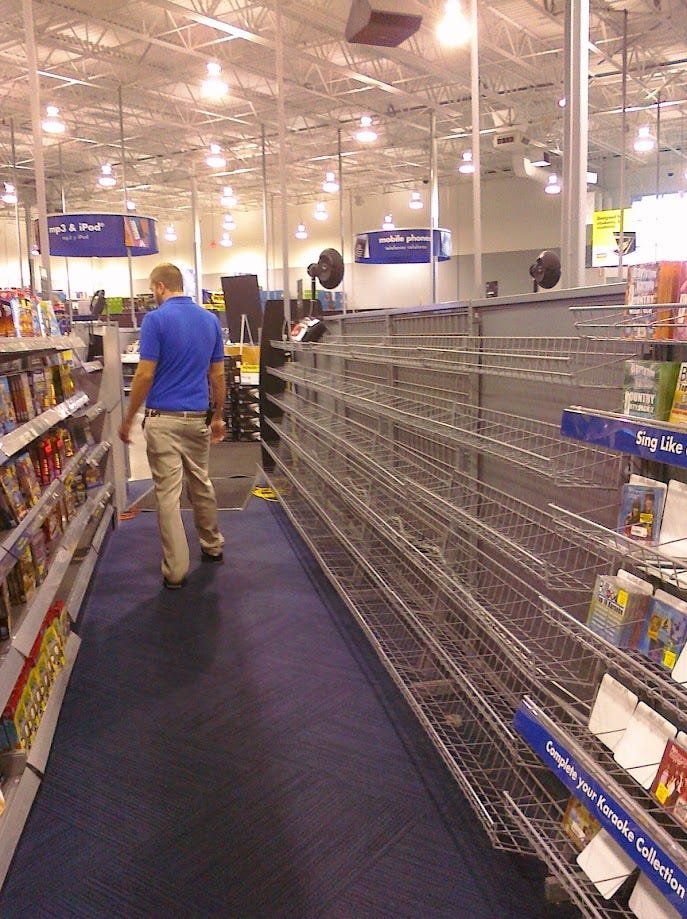

Excellent job! I do recall both my kiddos getting into the stacking cup hype. Groups would tour the schools showing off their skills, while peddling merch to the eager kiddos. I believe, some of those cups still linger with our things, even now!